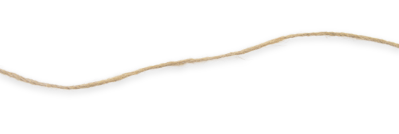There is a tradition that Jesus fell on the way to his crucifixion. The Stations of the Cross remember Jesus falling three times on the way to Calvary.
While there are no falls recorded in the Passion narratives in the Gospels, evidence on the Shroud suggests that the man did fall.
Picture for a moment the man of the Shroud as he stumbles and falls. His body crashes into the ground, his knees scraping against the rough dirt ground. Dust and dirt cling to his face as he struggles back to his feet.
Now look at the Shroud itself.
Image(s) of the Shroud interspersed with the following paragraphs
- Cuts and bruises on both knees, indicating a fall on a hard surface. The left knee is particularly badly cut.
- A dislocated (but not broken) nasal septum that could be the result of a fall.
- A concentration of dirt around the eye sockets and bridge of the nose, taken from the cloth by the STURP team in 1978.
There is also swelling on both cheeks, and a triangular wound on the right check. These cuts and bruises could be due to repeated falls. Since the arms were most likely outstretched and tied to the wood of the cross, the man would have had no way to break his fall. He would have fallen heavily to his knees and then been slammed to the ground, crushed by the full weight of the crossbeam on his shoulders.
These blows to the chest from the repeated falling and the scourging he had already endured would have increased the strain on his heart, and caused fluid to start to pool in his thoracic cavity.
Here we see yet another dimension to the suffering of the man of the Shroud.
Takeaway
The dirt found on the Shroud shows it was in the area of Jerusalem at some time in its history. The dirt in the knees and the nose area of the image indicate the man fell on the dusty roads of Jerusalem before being placed in the Shroud.



